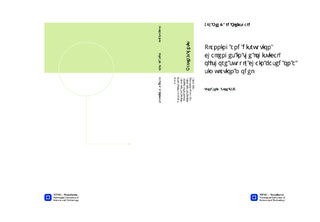| dc.description.abstract | The offshore industry is a dynamic industry with constant demand changes. This creates many challenges, one of them being logistical supply planning. The need changes fast and this makes it important to receive the deliveries when required. If not, the consequences can be severe and costly. The supply chain may experience disruptions that may cause delays of lesser or greater extent. If possible, delay reducing measures may be taken to reduce this delay to an acceptable level. There are many existing optimization tools for this purpose, but they are very extensive and have a long lead. The purpose of this thesis is to start a process towards developing an operational rescheduling simulator that is easier, faster and more user-friendly than the existing optimization tools. The first part of the thesis considered a study over planning-and disruption challenges in the offshore supply chain. Statistics from Statoil were analyzed and it showed that quite a few disruptions happened before vessel departure from the base. Measures for reducing delays to an acceptable level are taken here. The most used measures are extra treatment on base, extra call on route and helicopter delivery. Transit is the segment where most delays occur; this is mainly due to weather situations. The delays under installation treatment (loading operations) were negligible. It is also at the installations the most severe consequences may occur. This is a result of multiple delays and failures in safety system, functions and barriers. Furthermore, a thorough and comprehensive event- and risk analysis was performed for the purpose of identifying the major disruption contributors in the chain and their direct and secondary consequences. The information retrieved in this analysis was combined with the Statoil case and used to define accurate event frequencies for the uncovered disruptions. The second part of the thesis contains the construction of a simulation model that imitates the daily operation in the offshore supply chain where disruptions occur and creates delays. Measures to reduce these delays were also implemented. The risk profile from part one was used in the simulator in order to create a reliable imitation of an offshore supply chain. The model was based on a fixed route, and does therefore not include all delay reducing measures. The model gives a good demonstration of the daily flow in the supply chain, but implemented simplifications weaken the level of realism in the model. Special consideration should be taken in terms of changing the impact calculation method of the model.To make a simulator that will cover all characteristics uncovered in part one requires careful preparations, good programming skills and time. The extent of such a model exceeds the capacity of this thesis in all requirements mentioned above. In the areas where the model is insufficient, measures for further development have been proposed. The model presented in this thesis is merely a prototype with the purpose of demonstrating the mindset of the author and create a solid basis for further simulator development. | nb_NO |

